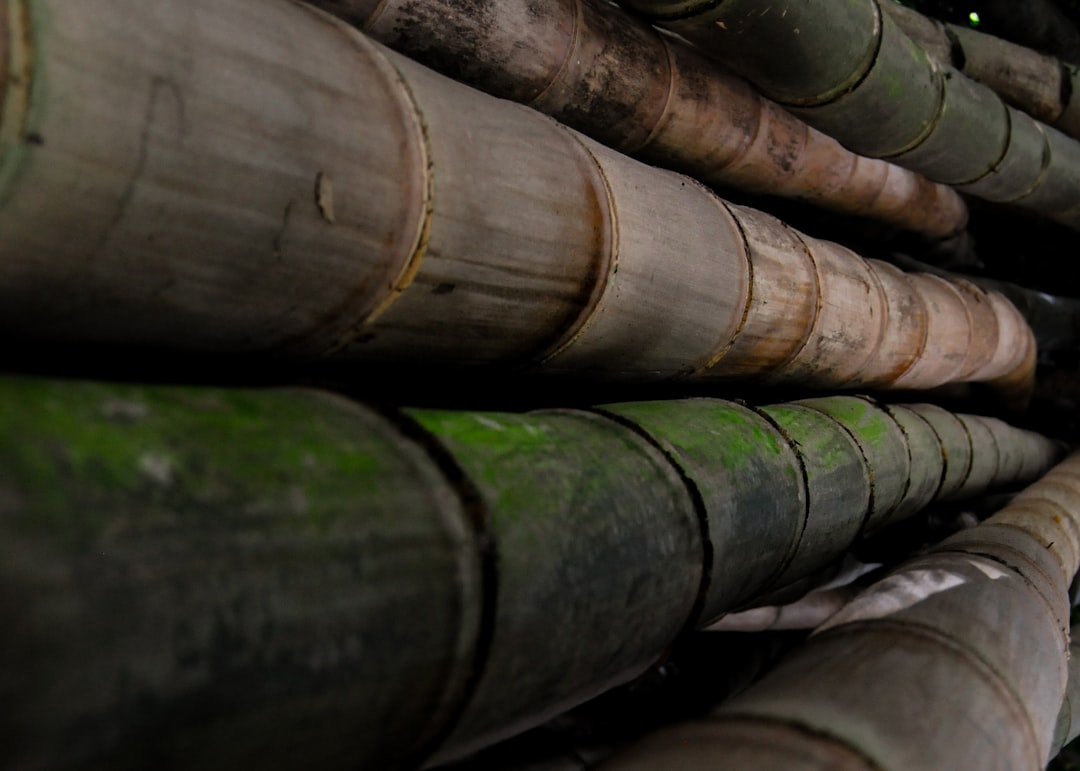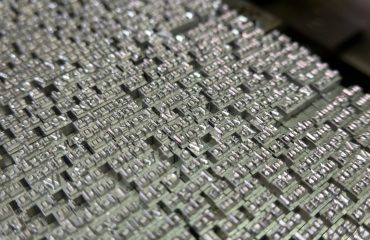EN 10217 is a crucial European standard defining the requirements for seamless steel pipes used in a wide range of applications. Understanding this standard is vital for engineers, procurement professionals, and anyone involved in the selection and use of these crucial components. This comprehensive guide will delve into the intricacies of EN 10217, providing a detailed overview of its various aspects.
Understanding EN 10217 Grades and Their Applications
EN 10217 encompasses several grades of seamless steel pipes, each designed to meet specific strength, ductility, and weldability requirements. These grades are categorized based on their intended application and the required mechanical properties. For example:
- Grade 1: Typically used for low-pressure applications where high strength isn’t critical. It offers good weldability and is often found in general construction and low-pressure fluid conveyance systems.
- Grade 2: Represents a higher strength grade compared to Grade 1, suitable for applications requiring increased mechanical resistance. It finds use in medium-pressure systems and structural applications.
- Grade 5: A high-strength, low-alloy steel grade often employed in high-pressure applications demanding exceptional mechanical properties. This is common in demanding industrial settings such as petrochemical plants and power generation.
- Grade 11: A high-strength, low-alloy steel grade with improved impact toughness at low temperatures. Ideal for applications in cold climates or where significant impact loads are expected.
- Other Grades: EN 10217 includes numerous other grades, each tailored to specific application needs. These grades often incorporate specific alloying elements to enhance performance characteristics such as corrosion resistance or creep strength at high temperatures.
Choosing the correct grade is paramount to ensuring the safe and reliable operation of any system utilizing EN 10217 pipes. Careful consideration of operating pressure, temperature, and the corrosive environment is crucial for selecting the appropriate grade.
Manufacturing Processes of EN 10217 Seamless Steel Pipes
The production of EN 10217 seamless steel pipes involves sophisticated manufacturing processes that ensure dimensional accuracy and consistent material properties. The most common method is hot-finished seamless rolling. This process involves heating a solid steel billet to a high temperature, then piercing it to form a hollow tube. This tube is then rolled and reduced in diameter until the desired dimensions are achieved. The final pipe undergoes various quality control checks, including dimensional inspection, metallurgical testing, and pressure testing to ensure compliance with the EN 10217 standard.
Cold-drawn seamless pipes are also produced, often for applications requiring improved surface finish and tighter dimensional tolerances. This process involves drawing the hot-finished pipe through a series of dies at room temperature, resulting in a highly accurate and smooth surface finish.
Chemical Composition and Mechanical Properties
The chemical composition of EN 10217 pipes varies depending on the grade. Each grade specifies allowable limits for elements such as carbon, manganese, silicon, sulfur, and phosphorus. These elements significantly influence the mechanical properties of the steel, affecting its strength, ductility, and weldability. Precise control of chemical composition is essential for ensuring consistent performance across different batches of pipes.
Mechanical properties, such as tensile strength, yield strength, elongation, and impact resistance, are also defined for each grade. These properties are determined through standardized testing procedures, and the results must meet the specified requirements outlined in EN 10217.
Technical Specifications and Dimensional Tolerances
EN 10217 provides detailed technical specifications for seamless steel pipes, including dimensions, tolerances, and surface finish requirements. These specifications ensure interchangeability and consistency across different manufacturers. The standard defines parameters such as:
- Outside Diameter (OD): Specifies the external diameter of the pipe.
- Wall Thickness (WT): Defines the thickness of the pipe wall.
- Length: Specifies the length of the pipe, which can be random, fixed, or cut to length.
- Surface Finish: Outlines acceptable surface imperfections and irregularities.
- Dimensional Tolerances: Specifies the permissible variations from the nominal dimensions.
Adherence to these specifications is crucial for ensuring the proper fit and functionality of the pipes in their intended applications.
Quality Control and Certification
Maintaining consistent quality is paramount in the production of EN 10217 seamless steel pipes. Manufacturers implement rigorous quality control measures throughout the production process, including material testing, dimensional inspection, and non-destructive testing (NDT) techniques such as ultrasonic testing and radiographic testing. These tests ensure that the pipes meet the required standards and are free from defects.
Certification is another crucial aspect of ensuring compliance. Pipes produced to EN 10217 standards are often accompanied by a certificate of conformity, which verifies that the pipes meet the specified requirements and have undergone the necessary testing. This certification provides assurance to users regarding the quality and reliability of the product.
Understanding EN 10217 is essential for anyone working with seamless steel pipes. This standard guarantees the quality, safety, and reliability of these critical components across a multitude of industries. By understanding the grades, manufacturing processes, and technical specifications detailed within this standard, you can ensure the selection and application of the correct pipe for any given project.
Tags: EN 10217, Seamless Steel Pipes, Steel Pipe Grades, Pipe Specifications, Pressure Pipes




